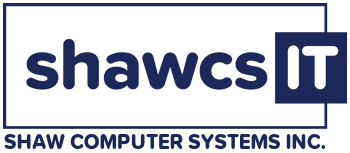Imagine downloading a free tool online, only to realize months later that it came bundled with malware that gave hackers full access to your computer. That’s exactly what happened to an engineer named Matthew Van Andel in early 2024. While using his home office computer, he unknowingly installed malicious software posing as an AI tool. The attackers, claiming to belong to an anti-AI activist group, targeted his employer, Disney, by accessing sensitive company information stored on Van Andel’s computer. They leaked over a terabyte of private Disney data—including customer details and revenue numbers—and exposed his personal information online. This catastrophic breach shows how a single act of downloading unverified software can spiral out of control.
What stands out in this case is how the attackers exploited “session cookies” and a password manager, tools meant to safeguard data. Session cookies allowed them to impersonate Van Andel and infiltrate Disney’s online resources, such as Slack. They also gained access to passwords stored in his password manager. However, it’s crucial to note that the password manager itself wasn’t to blame; the attackers already had complete control over the computer. Even with strong encryption and multi-factor authentication, no tool can fully protect a system compromised at its core. This highlights the importance of early detection and avoiding risky software downloads in the first place.
This cautionary tale underscores why personal and corporate cybersecurity protocols matter. Large companies often prevent employees from installing software on work devices, and for good reason. For personal devices, vigilance is key—never install untrusted applications, and use a separate device or hardware key for sensitive accounts. Tools like password managers remain invaluable for creating and storing secure credentials, but they’re not a substitute for fundamental safety practices. In today’s digital world, protecting yourself online is all about layers of security, and one misstep can lead to consequences no one wants to face.
- Avoid downloading unverified software: The incident began with installing a free, untrusted AI tool that contained malware.
- Be cautious with personal devices used for work: The breach occurred on the victim’s personal computer, where sensitive corporate information was accessible.
- Enable 2-factor authentication (2FA): Always activate 2FA for password managers and high-value accounts to add an extra layer of security.
- Monitor your system regularly: Early detection of malware or unauthorized access could minimize damage.
- Do not rely solely on tools: While password managers are valuable, no tool can fully protect a compromised device.
- Follow corporate security policies: These protocols, such as restricting software installation on work devices, exist for a reason.
Original article courtesy of ZDNet.com.
Enhance Your Business Security with Expert Cybersecurity Solutions. Click here to learn more and download shawcsIT’s free services overview catalogue.

